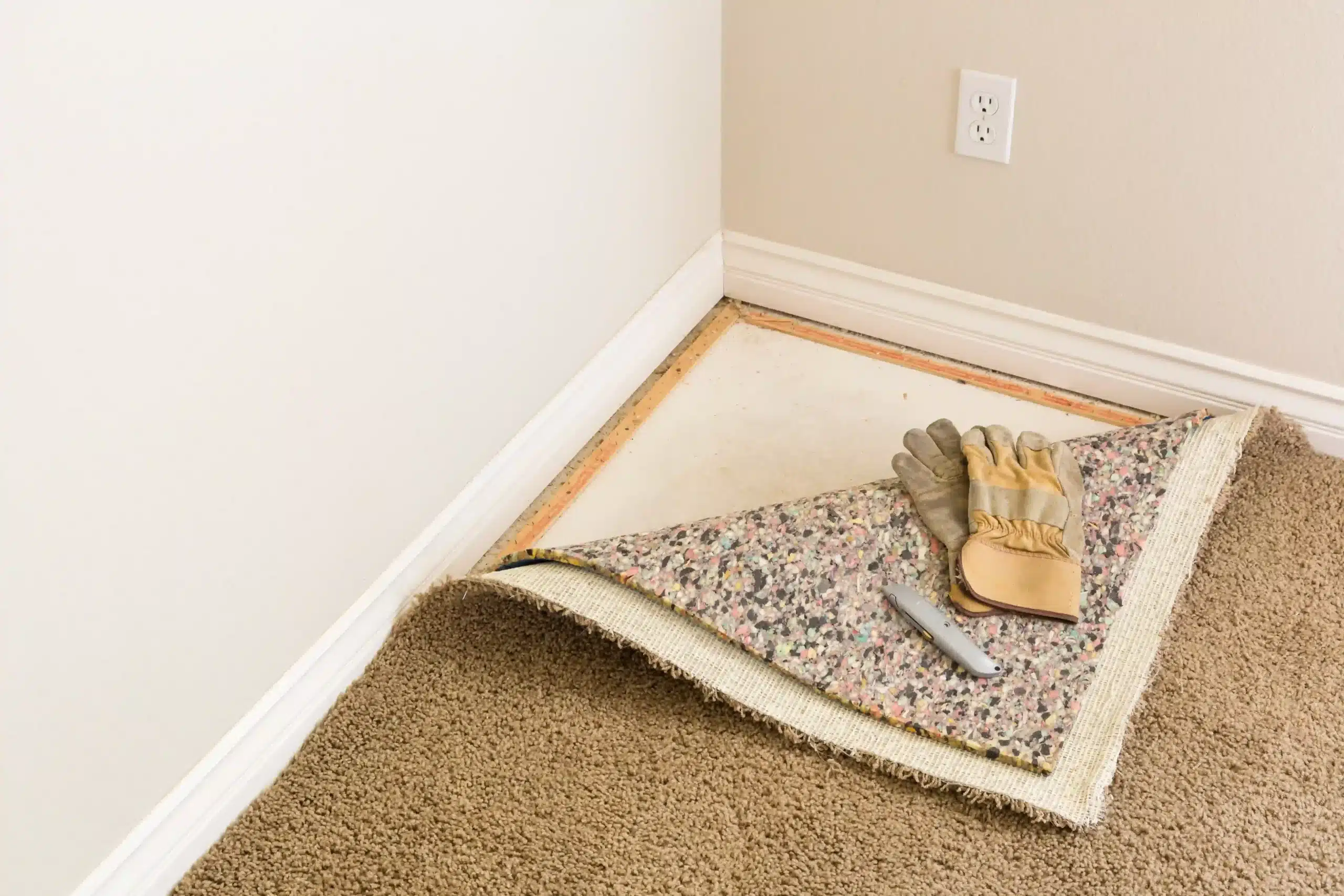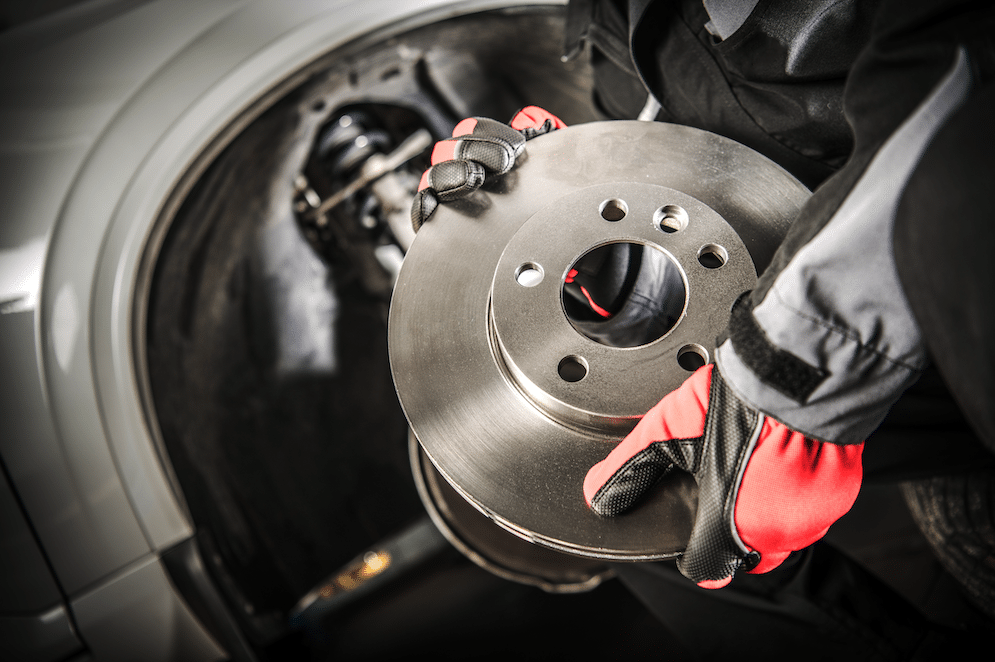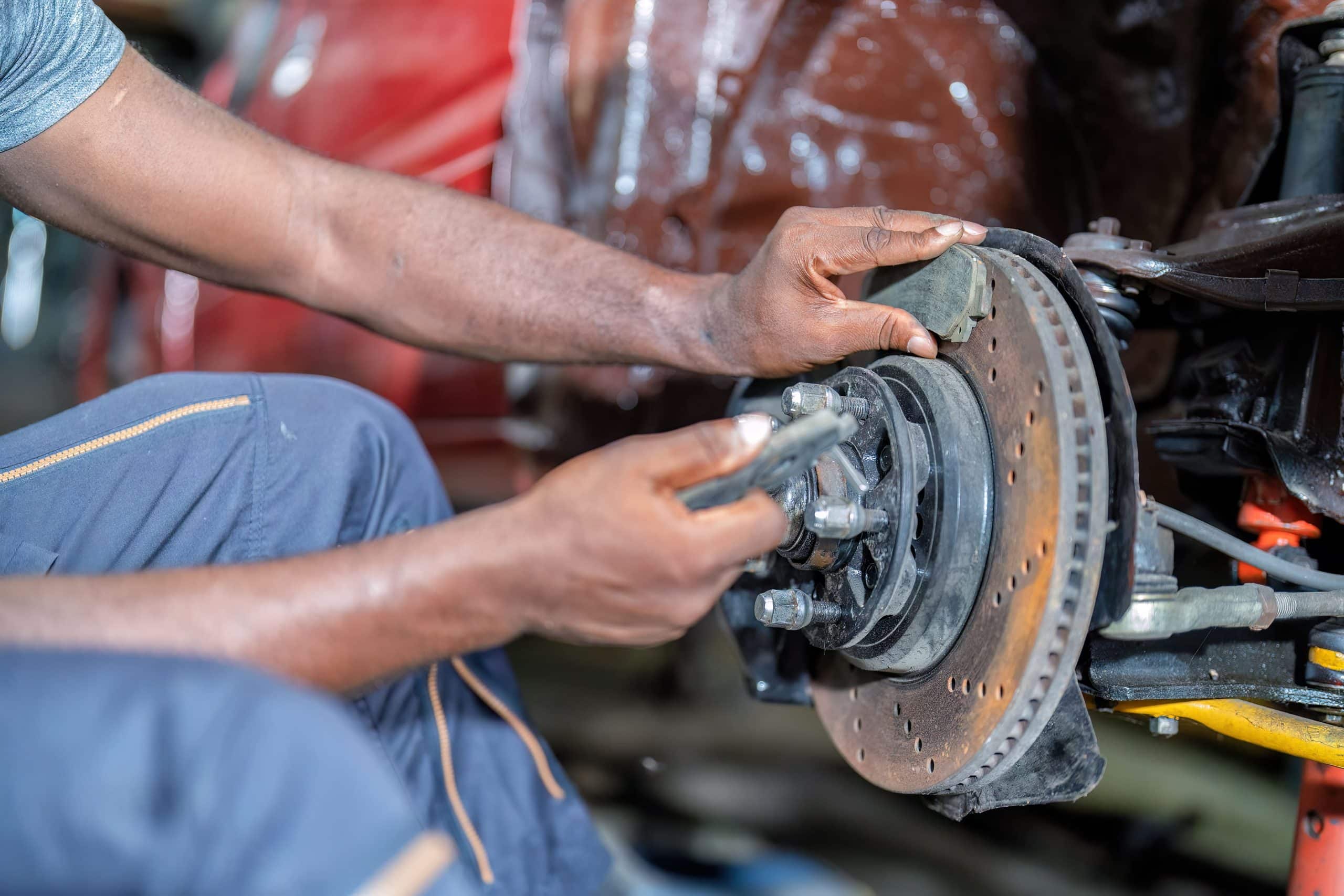When it comes to car maintenance, understanding whether you need manual car servicing or automatic car servicing makes a real difference. Both types of car services your car needs, but they’re not quite the same. Knowing what’s involved helps you budget better and ensures your car gets exactly the right care.
How Manual and Automatic Gearboxes Work
Manual cars use a clutch pedal and a gear stick that you control yourself. You change gears by pressing the clutch and moving the gear stick. It’s a more hands-on way of driving that gives you direct control over the engine.
Automatic cars do all the gear changing for you. They use a complex system of fluid pressure and electronic controls to decide when to change gears. You just press the accelerator and brake, and the car handles the rest.
Key Servicing Differences
Transmission Fluid
The biggest difference between automatic car servicing and manual car servicing is the transmission fluid. Automatic gearboxes need their fluid levels checked and changed more regularly than manual ones. This fluid keeps all the moving parts working smoothly and stops them from overheating.
Manual gearboxes also use transmission fluid (sometimes called gearbox oil), but it doesn’t need changing as often. The simpler design means the fluid lasts longer and stays cleaner.
The Clutch System
Manual cars have a clutch that connects the engine to the gearbox. This clutch wears down over time and eventually needs replacing. When you check your car during a service, mechanics look at how much life is left in your clutch and whether it’s working properly.
Automatic cars don’t have a traditional clutch pedal, but they do have clutch plates inside the gearbox. These are checked during car servicing, though they’re harder to inspect because they’re sealed inside the transmission.
Car Service Cost
Generally, automatic car servicing can be more expensive than manual car servicing. The automatic gearbox is more complex, with more parts that need checking. If something goes wrong with an automatic transmission, repairs can also cost more.
However, modern automatic gearboxes are very reliable. As long as you keep up with regular servicing appointments, they should last for many years without major problems. This helps you save money in the long run by avoiding big repair bills.
Types of Car Services
Before we compare what happens during manual and automatic car servicing, it’s helpful to understand the main types of car services available:
Interim car service – A basic check-up that covers essential items like engine oil, oil filters, and fluid levels. Usually recommended every 6 months or 6,000 miles if you drive frequently.
Full car service – A comprehensive check that includes everything in an interim service plus additional items like spark plugs, air filters, and the fuel filter. Recommended once a year or every 12,000 miles.
Both types work for manual and automatic cars, but the specific checks differ slightly based on your gearbox type.
What Gets Checked on Both Types
Despite the differences, when you service your car, automatic and manual vehicles share many of the same needs:
Engine oil and oil filters – Fresh engine oil keeps your engine running smoothly. The oil and filter get changed at every service to remove dirt and keep everything working properly.
Brake fluid – Your brakes need clean brake fluid to work properly. This is checked and topped up during regular servicing, whether your car is manual or automatic.
Coolant – The cooling system stops your engine from overheating. Fluid levels get checked to ensure everything stays at the right temperature.
Air filters – Clean air filters help your engine breathe properly and improve fuel efficiency. These get checked and replaced when needed.
Spark plugs – These help start your engine and keep it running smoothly. They need to be replaced periodically in both manual and automatic cars.
Fuel filter – This removes dirt from your fuel before it reaches the engine. A clean fuel filter helps your car run better and can save money on fuel costs.
Tyres and brakes – Tyre pressure, tread depth, and brake pad thickness are checked regardless of gearbox type.
Service Comparison Table
| Service Item | Manual Car Servicing | Automatic Car Servicing |
|---|---|---|
| Engine Oil & Oil Filters | Every 12 months or 10,000 miles | Every 12 months or 10,000 miles |
| Transmission Fluid Levels | Every 30,000-60,000 miles | Every 30,000-40,000 miles |
| Clutch Inspection | Every service | Inside gearbox (complex) |
| Car Service Cost | Generally lower | Generally higher |
| Brake Fluid Check | Every service | Every service |
| Air Filters | Every full car service | Every full car service |
| Spark Plugs | Every 30,000-60,000 miles | Every 30,000-60,000 miles |
How Often Should You Check Your Car?
Most manufacturers recommend you check your car with a full service every 12 months or 10,000-12,000 miles, whichever comes first. This applies to both manual car servicing and automatic car servicing. An interim car service can sit in between if you drive a lot.
However, if you do lots of short journeys, drive in heavy traffic, or tow trailers regularly, you might need more frequent servicing. These driving conditions put extra strain on your car, especially on automatic gearboxes that work harder in stop-start traffic.
According to nidirect’s vehicle maintenance guidance, service intervals can vary depending on your vehicle type and engine. Always check your owner’s manual for the manufacturer’s specific recommendations.
Keeping track of your car’s service history also helps. A complete service history shows you’ve maintained your car properly, which can save money when you sell it.
Signs Your Car Needs Servicing
When you check your car regularly, you’ll spot warning signs that both manual and automatic cars show when they need attention:
Manual cars might have a clutch that feels spongy or slips when you change gears. You might hear grinding noises when shifting or find it difficult to get into certain gears.
Automatic cars might jerk when changing gears, hesitate before moving, or show warning lights on the dashboard. You might notice the engine revving higher than normal before the gears change.
Other signs that apply to both types include strange noises, warning lights, reduced fuel efficiency, or difficulty starting the engine. Low fluid levels or dirty engine oil can also cause problems.
Why Regular Servicing Matters
Regular servicing catches small problems before they become big, expensive repairs. During a service, trained mechanics check all the important parts of your car and spot any wear and tear. This helps you save money by fixing issues early.
For automatic car servicing, especially, keeping up with transmission fluid changes prevents damage to the complex gearbox system. This simple car maintenance can save you thousands of pounds in repair costs later.
For manual car servicing, regular checks on the clutch and gearbox oil mean you’re less likely to face unexpected breakdowns. Ensuring your car gets regular attention keeps it running reliably.
Regular servicing also helps your car pass its MOT test. Many service items overlap with MOT requirements, so a well-maintained car with a good cars service history is more likely to pass first time. This means you save money on retest fees and last-minute repairs.
Book Your Service in East Ham
Whether you need manual car servicing or automatic car servicing, First Auto Centre in East Ham provides expert car servicing for both types. Our experienced mechanics understand the specific needs of different gearbox systems and will make sure your car gets exactly the care it needs.
We offer both interim car service and full car service options, covering everything from engine oil and oil filters to spark plugs and air filters. We check all fluid levels, including brake fluid and transmission fluid, ensuring your car runs smoothly.
With over 20 years of combined experience, our team can spot potential issues early and keep your car in top condition. We use quality parts and follow manufacturer guidelines to maintain your car’s service history properly.
Don’t wait for problems to appear. Regular car maintenance keeps your car safe, reliable, and ready for the road ahead. Check your car with us today and save money on future repairs.








